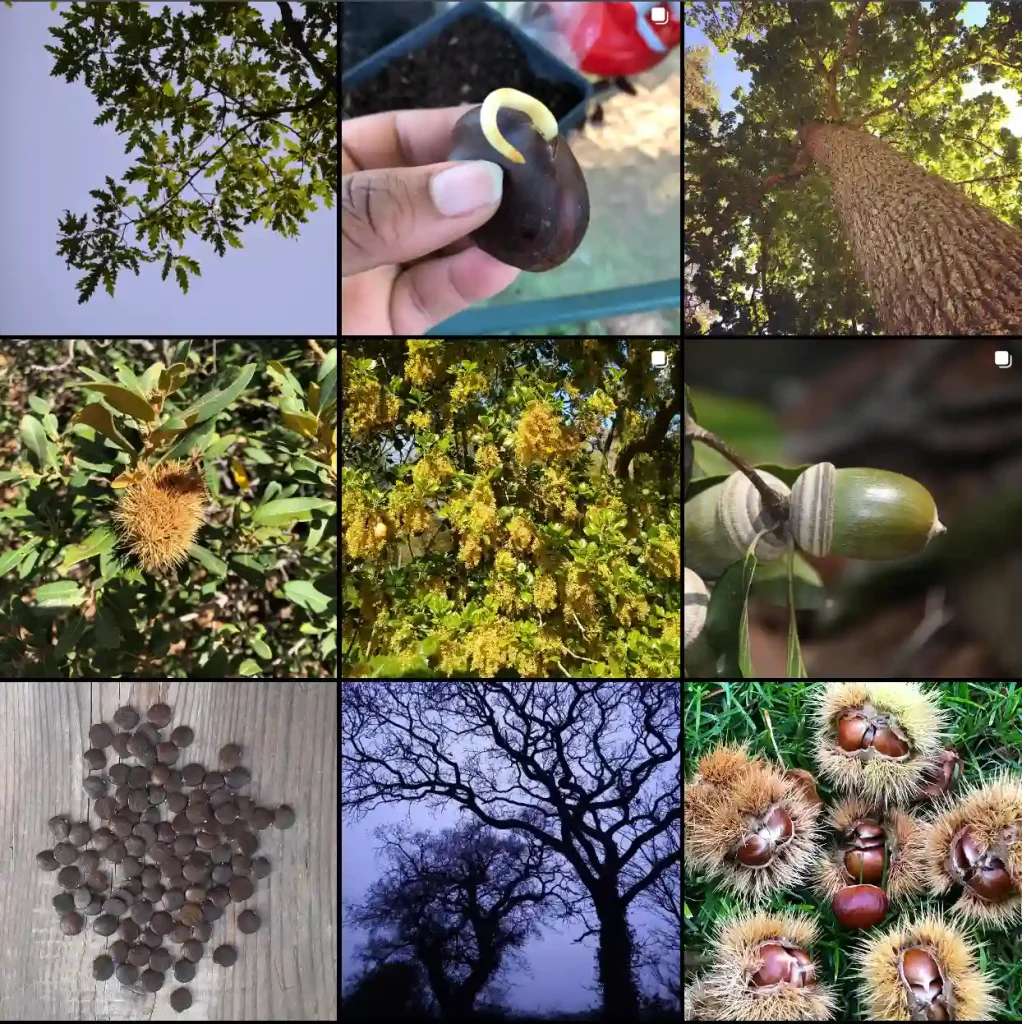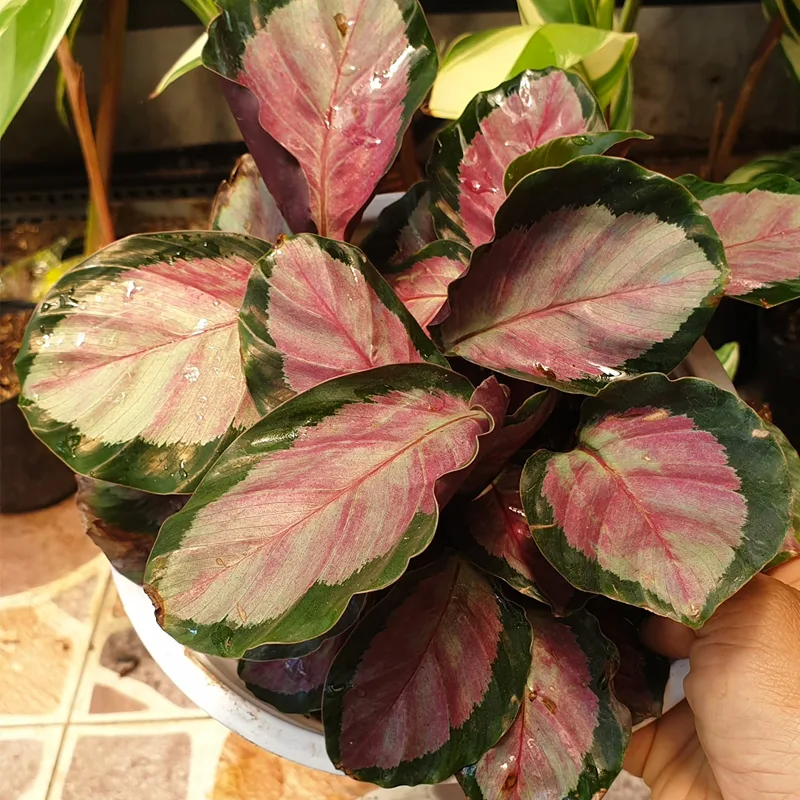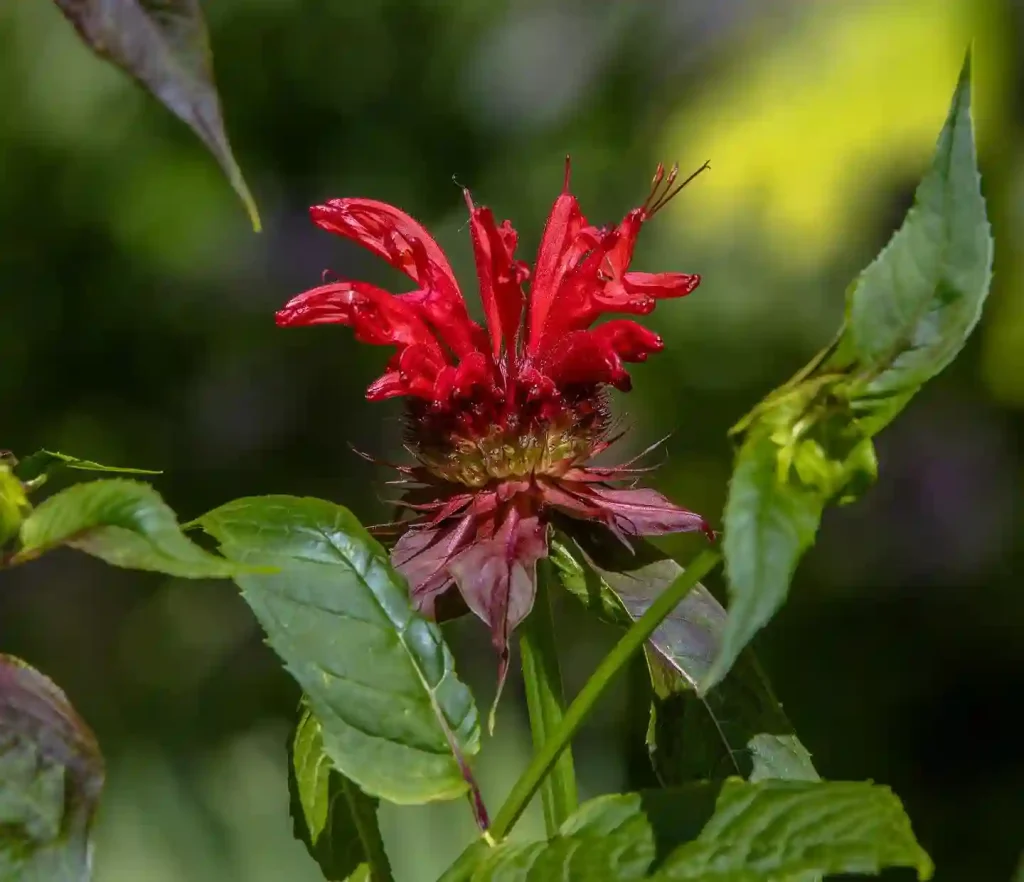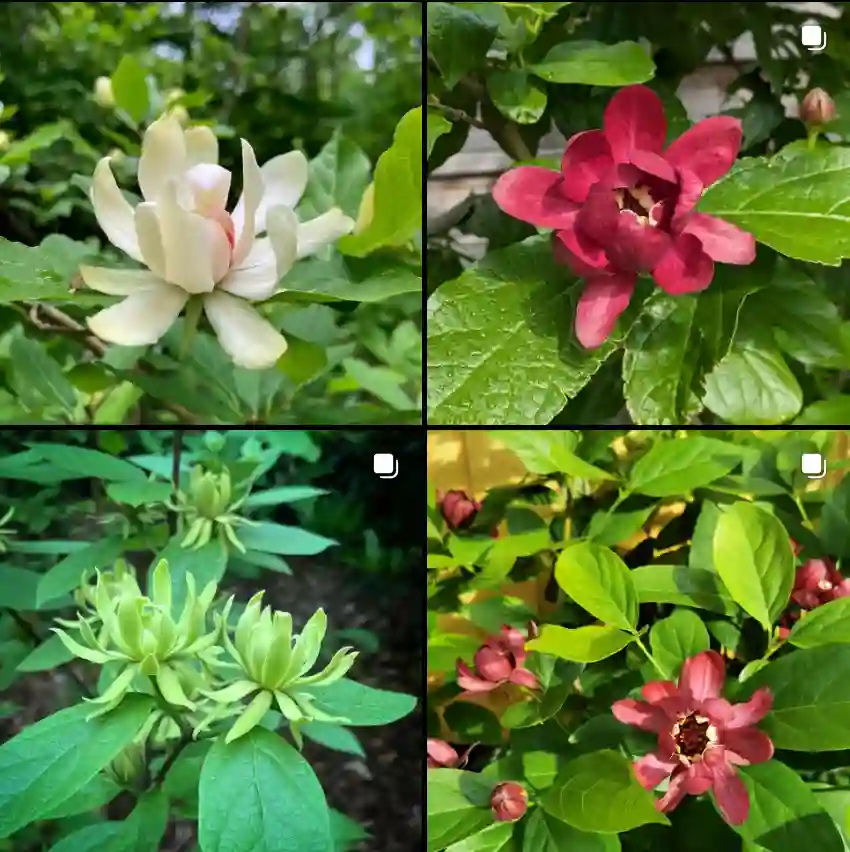The Elaeagnaceae Family: Exploring Elaeagnus, Hippophae, and Shepherdia
The Elaeagnaceae family, often referred to as the “oleaster family,” holds a unique place in my gardening experience. It’s a fascinating group of plants, known for their resilience and various ecological benefits. This family includes three primary genera: Elaeagnus, Hippophae, and Shepherdia. These genera have captivated my interest not only for their diverse characteristics but also for their practical uses in landscaping and sustainable gardening.
Elaeagnus: The Versatile Pioneer
Elaeagnus, commonly known as silverberry or oleaster, is a genus that has impressed me with its hardiness and adaptability. These shrubs and small trees are often characterized by their silvery foliage, a trait that adds a striking contrast to any garden. I’ve found them particularly useful in creating windbreaks or privacy hedges due to their dense growth habit.
One standout feature of Elaeagnus is its ability to fix nitrogen in the soil, thanks to its symbiotic relationship with actinobacteria. This makes it an excellent choice for improving soil fertility and supporting surrounding plant life. I’ve used Elaeagnus angustifolia, or Russian olive, in areas where the soil was poor, and it thrived, turning an unproductive spot into a lush green space.
The berries produced by some Elaeagnus species, like Elaeagnus umbellata, are not only edible but also packed with antioxidants. I enjoy harvesting these small, tart fruits and using them in jams or simply snacking on them fresh from the garden. This makes Elaeagnus a multifunctional plant that provides both aesthetic and nutritional benefits.
Hippophae: The Nutrient-Packed Sea Buckthorn
Hippophae, or sea buckthorn, is another genus in the Elaeagnaceae family that has earned a place in my garden. This thorny, deciduous shrub is known for its bright orange berries, which are a powerhouse of nutrients. Rich in vitamin C, vitamin E, and omega fatty acids, sea buckthorn berries are often touted as a superfood. I’ve found that adding these berries to smoothies or teas gives a nutritional boost and a unique, tangy flavor.
Cultivating Hippophae rhamnoides can be a bit of a challenge due to its spiny branches, but the rewards are worth it. The plant is highly drought-resistant and can grow in poor, sandy soils, making it ideal for stabilizing erosion-prone areas. I’ve used it on a slope in my garden where other plants struggled, and it not only held the soil but also thrived, attracting bees and other pollinators with its inconspicuous but nectar-rich flowers.
Shepherdia: The Underappreciated Buffalo Berry
Shepherdia, commonly known as buffalo berry, might be less known compared to Elaeagnus and Hippophae, but it’s a genus that I find particularly intriguing. These hardy shrubs are native to North America and have been used by indigenous peoples for centuries. The berries of Shepherdia argentea, the silver buffalo berry, are edible and have a tart flavor that makes them suitable for jellies and syrups.
One of the things I appreciate most about Shepherdia is its resilience. It can withstand harsh conditions, including drought and high salinity, which makes it an excellent candidate for challenging sites where other plants may not survive. I’ve planted it in an area of my garden that receives full sun and minimal water, and it has flourished without any special care.
Another advantage of Shepherdia is its role in supporting wildlife. The berries provide food for birds and small mammals, while the dense thickets offer shelter. I often spot various bird species visiting the Shepherdia bushes in late summer when the berries are ripe.
Ecological Benefits and Sustainable Gardening
One of the reasons I’m drawn to the Elaeagnaceae family is their ecological significance. All three genera—Elaeagnus, Hippophae, and Shepherdia—are known for their nitrogen-fixing abilities, which enhance soil health and reduce the need for synthetic fertilizers. This is a major plus for sustainable gardening practices.
In addition, these plants are excellent for creating wildlife-friendly gardens. Their fruits provide food for birds, while the dense growth offers nesting sites and protection. I’ve noticed an increase in bird activity around my Elaeagnus and Shepherdia plants, which adds to the biodiversity of my garden.
Conclusion: A Family Worth Exploring
The Elaeagnaceae family, with its diverse genera Elaeagnus, Hippophae, and Shepherdia, offers a range of benefits for gardeners interested in sustainable and wildlife-friendly practices. Whether you’re looking to improve soil health, provide food for wildlife, or add an ornamental element to your landscape, this family has something to offer.
For me, incorporating these plants into my garden has been a rewarding experience. They’ve not only thrived in challenging conditions but also contributed to the ecological health of my garden. If you’re looking for resilient, multifunctional plants that support sustainable gardening, the Elaeagnaceae family is definitely worth exploring.
If i die, water my plants!



